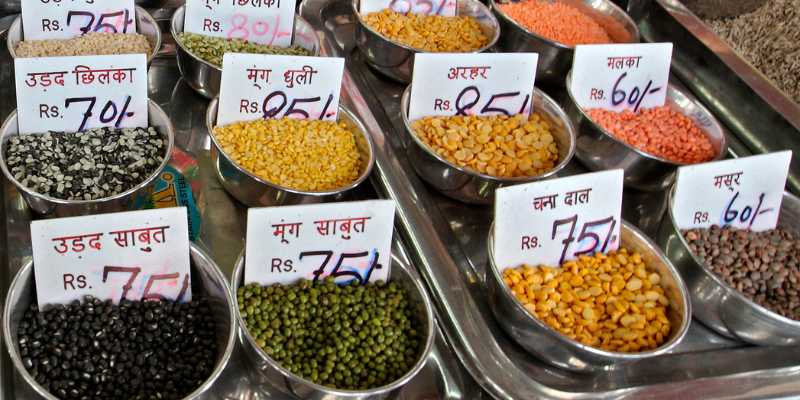Imagine you’re going to your favorite burger joint, and you notice something strange. The price of your favorite burger has gone up, and it’s not just a small increase—it’s a big jump! Not only that, but the prices of other things, like milk, bread, and even movie tickets, have also increased a lot. This is what we call “Greedflation.”
Greedflation happens when prices rise rapidly because of people’s greed. It’s like a chain reaction. When one person sees an opportunity to make more money, they start increasing their prices. Then, other people notice this and think, “Hey, if they can charge more, I can too!” So, prices start going up across the board.
Let’s say a farmer notices that the demand for strawberries is high, and people are willing to pay more for them. Instead of keeping the price the same, the farmer decides to raise the price of strawberries because they want to make more money. Now, the grocery store that buys strawberries from the farmer has to pay more. To cover their costs, the grocery store increases the price of strawberries on their shelves. This means that you, the customer, end up paying more for strawberries when you go shopping.
But it doesn’t stop there. Because the grocery store had to pay more for strawberries, they might decide to increase the prices of other fruits and vegetables too. So, the price of apples, oranges, and tomatoes all go up. And since the grocery store is also paying more for other products like bread and milk, those prices increase as well. Now, you’re paying more for your groceries overall.
So, you see, Greedflation is a situation where prices keep going up because people are being greedy and trying to make as much money as possible. It affects the cost of goods and services across the board, making everything more expensive for us, the consumers.
Now, let’s talk about inflation. Inflation is when the prices of many different things in the entire economy go up. It’s not just about one or two products getting more expensive, but a general increase in prices across the board. Some people believe that greedflation is happening in developed countries like Europe and the US. They argue that companies are taking advantage of the inflation people are experiencing by raising their prices excessively. This allows them to make bigger profit margins, which in turn contributes to further inflation.
However, many economists disagree with this idea of “greedflation.” They say that businesses can’t just set prices arbitrarily. They have to consider what consumers are willing to pay. If they set prices too high, people won’t buy their products, and businesses will be forced to lower their prices.
Inflation is influenced by many factors, but one major factor is the amount of money circulating in the economy. During the pandemic, the U.S. Federal Reserve implemented policies that put more money into people’s hands. With more money to spend, consumers started bidding up the prices of goods and services, leading to inflation.
Another thing to note is that rising profit margins for big corporations may not reflect the overall health of the economy. It could be that smaller businesses suffered during the pandemic, allowing larger corporations to capture more market share. This increased market dominance doesn’t necessarily mean they are causing inflation.
Imagine you’re in a marketplace with a lot of different stalls selling various items. Each stall is owned by a business, and they have products they want to sell. Now, these businesses want to make money, so they need to decide how much to charge for their products.
But here’s the key thing: they can’t just charge any price they want. They have to consider what customers are willing to pay. If they set the price too high, people might not buy their products because they can find similar items for cheaper at other stalls. So, businesses have to find a balance and set prices that customers are willing to pay while also making a profit.
To fully understand the causes of inflation in any specific country or timeframe, it is essential to analyze economic data and trends and consider multiple factors at play. This allows for a more nuanced and comprehensive understanding of inflation.
